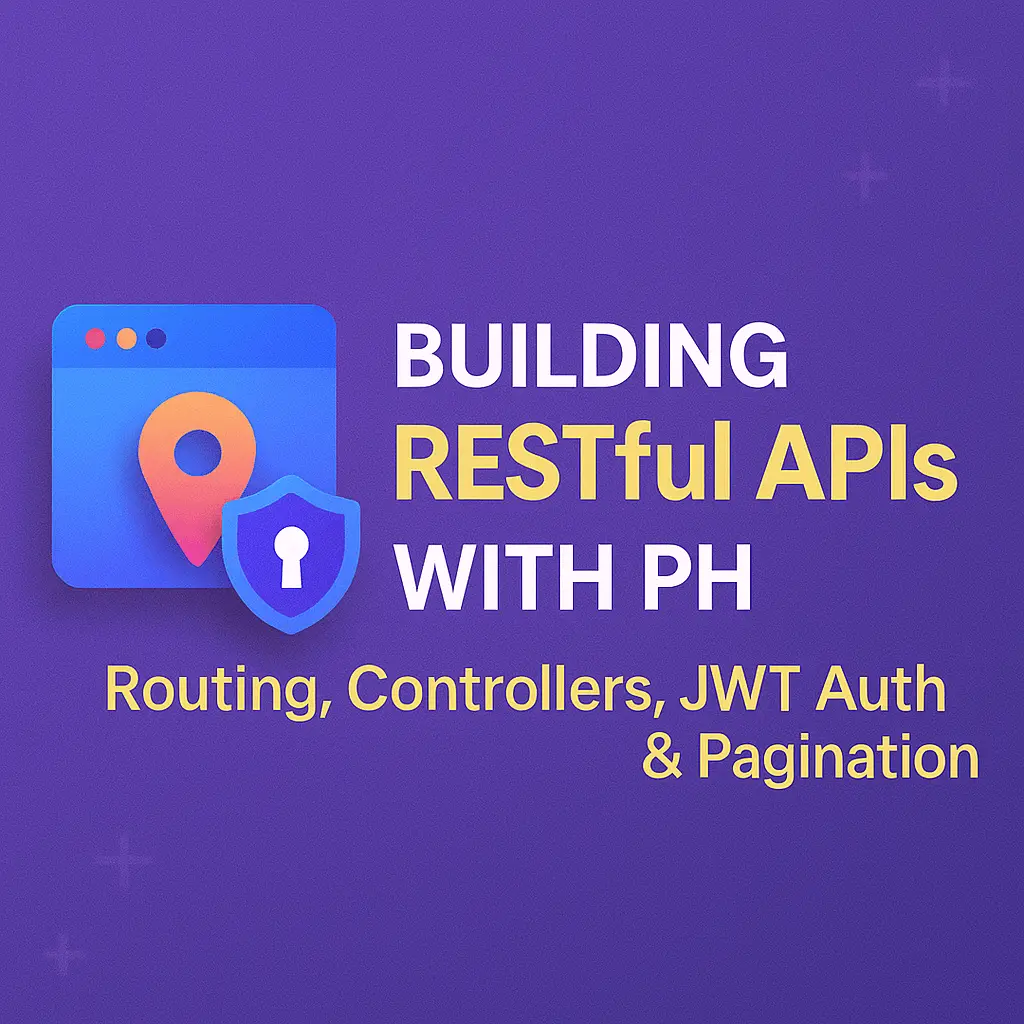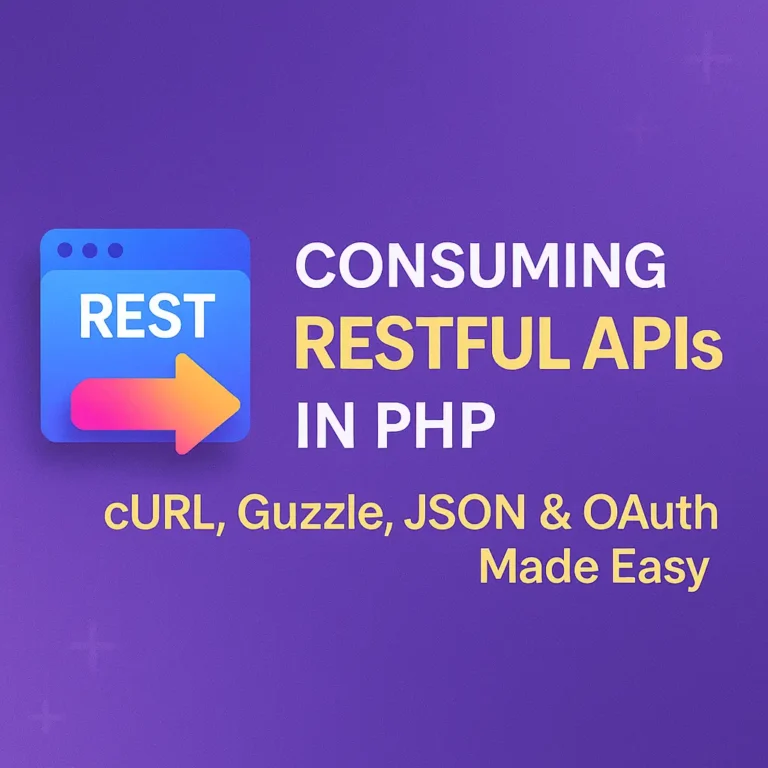In this guide, we’ll explore how to build RESTful APIs using PHP, focusing on creating routes and handling requests and responses effectively.
Understanding RESTful APIs
REST (Representational State Transfer) is an architectural style for designing networked applications. RESTful APIs adhere to the principles of REST, which include statelessness, resource-based URLs, standard HTTP methods (GET, POST, PUT, DELETE), and representation of resources in various formats such as JSON or XML.
Setting Up the Environment
Before diving into the code, ensure you have PHP installed on your system. Additionally, you may want to use a PHP framework like Slim or Laravel for easier API development. For this guide, we’ll demonstrate using the Slim framework due to its simplicity and lightweight nature.
To get started with Slim, you can install it via Composer, a dependency manager for PHP:
composer require slim/slim "^4.0"
Creating RESTful Routes
Routes define the endpoints of your API and specify the actions to be taken when certain requests are received. In Slim, you define routes using HTTP methods and URL patterns. Let’s create routes for a basic CRUD (Create, Read, Update, Delete) API for managing users:
<?php
use Slim\Factory\AppFactory;
use Psr\Http\Message\ResponseInterface as Response;
use Psr\Http\Message\ServerRequestInterface as Request;
require __DIR__ . '/vendor/autoload.php';
$app = AppFactory::create();
// GET /users - Retrieve all users
$app->get('/users', function (Request $request, Response $response, $args) {
// Logic to retrieve all users from the database
$users = [...]; // Fetch users from database
return $response->withJson($users);
});
// GET /users/{id} - Retrieve a specific user
$app->get('/users/{id}', function (Request $request, Response $response, $args) {
$userId = $args['id'];
// Logic to retrieve user with given ID from the database
$user = [...]; // Fetch user from database
return $response->withJson($user);
});
// POST /users - Create a new user
$app->post('/users', function (Request $request, Response $response) {
$userData = $request->getParsedBody();
// Logic to create a new user in the database
// Return response with newly created user data
});
// PUT /users/{id} - Update an existing user
$app->put('/users/{id}', function (Request $request, Response $response, $args) {
$userId = $args['id'];
$userData = $request->getParsedBody();
// Logic to update the user with given ID in the database
// Return response indicating success or failure
});
// DELETE /users/{id} - Delete a user
$app->delete('/users/{id}', function (Request $request, Response $response, $args) {
$userId = $args['id'];
// Logic to delete the user with given ID from the database
// Return response indicating success or failure
});
$app->run();
Handling Requests and Responses
In the provided code examples, we’ve used the Slim framework’s Request and Response objects to handle incoming requests and send responses. Here’s a breakdown of how these objects are used:
Request Object:
The $request object represents the incoming HTTP request. You can use methods like getParsedBody() to retrieve POST data, getQueryParams() to retrieve query parameters, and getAttribute() to access route parameters.
Response Object:
The $response object is used to build and send the HTTP response. You can use methods like withJson() to send JSON responses, withStatus() to set the HTTP status code, and getBody() to retrieve the response body.
By utilizing these objects effectively, you can handle various types of requests and construct appropriate responses within your API endpoints.
Conclusion
Building RESTful APIs with PHP opens up a world of possibilities for creating powerful and scalable web applications. By following the principles of REST and leveraging PHP frameworks like Slim, you can design APIs that are easy to understand, maintain, and extend. With the knowledge gained from this guide, you’re well-equipped to embark on your journey of API development with PHP. Happy coding!





